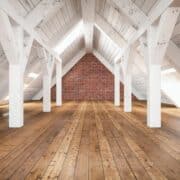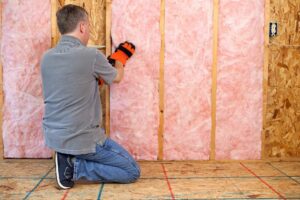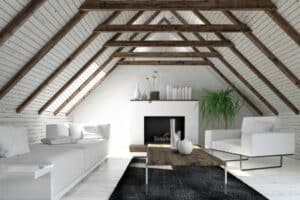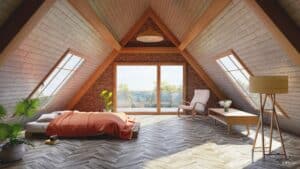Attic insulation serves as a barrier to keep heat from escaping in the winter and from entering in the summer, thus reducing energy costs and improving indoor comfort.
The most common types of insulation for attics are:
- Fiberglass batts
- Blown-in cellulose
- Spray foam
- Radiant barriers
When choosing insulation, consider factors such as R-value, cost, and installation method. The R-value indicates the insulation’s effectiveness in resisting heat flow.
For best results, attics should be air sealed to prevent air infiltration and the insulation should be evenly distributed. A professional contractor should be consulted to assess the insulation needs and to determine the most suitable solution for a particular attic.
Regular maintenance, such as checking for any damage or settling of the insulation, is recommended to maintain its effectiveness.
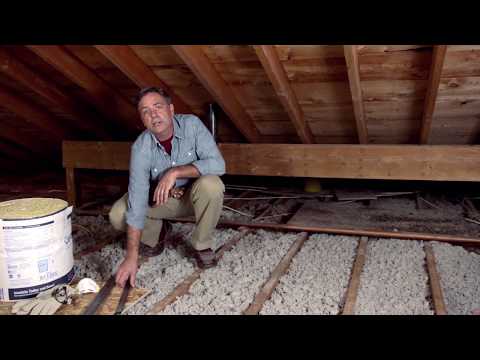
Types of Attic Insulation
1. Fiberglass Batts:
Fiberglass batts are one of the most popular types of insulation. They come in pre-cut lengths to fit between the joists of a standard attic floor. They are made of fibers of glass that are woven together and then bound with a resin to form batts. Fiberglass batts are easy to install and provide good insulation at a relatively low cost.
2. Blown-in Cellulose:
Blown-in cellulose is made from recycled paper that has been treated with fire-retardant chemicals. The material is blown into the attic space using a special machine, which helps to fill all the nooks and crannies of the attic space. Blown-in cellulose provides good insulation and is cost-effective, but it can be messy to install.
3. Spray Foam:
Spray foam insulation is a mixture of chemicals that expand and harden into a solid foam. It is applied using a spray gun, and it forms a continuous layer of insulation that completely seals the attic space. Spray foam is the most effective type of insulation, but it is also the most expensive.
4. Radiant Barriers:
Radiant barriers are reflective materials that are installed in the attic to reduce the amount of heat that is absorbed by the roof and transferred into the attic space. Radiant barriers are not considered a standalone insulation material, but they can be used in conjunction with other types of insulation to improve the overall insulation performance.
Each type of insulation has its own advantages and disadvantages, so it’s important to choose the right one for your attic based on your specific needs and budget. A professional contractor can help you make the best decision.
Pros and Cons
Incorporate a table summarizing the advantages and disadvantages of each insulation type for quick comparison. For example:
| Type | Pros | Cons |
|---|---|---|
| Fiberglass Batts | Affordable, easy to install | Can leave gaps if not fitted properly |
| Blown-in Cellulose | Eco-friendly, fills gaps effectively | Can settle over time, messy to install |
| Spray Foam | Best air sealing, high R-value | Expensive, requires professional install |
| Radiant Barriers | Reduces radiant heat transfer | Less effective in cold climates |
Attic Insulation R Value
The R-value of insulation refers to its ability to resist heat flow. The higher the R-value, the better the insulation is at preventing heat from moving through it. When choosing insulation for your attic, it’s important to consider the R-value that is recommended for your region and the climate you live in.
To determine the R-value of a particular insulation product, the manufacturer will perform tests in a laboratory that measure its ability to resist heat flow. The resulting number is then used to assign an R-value to the insulation.
When choosing insulation for your attic, you should aim for an R-value that meets or exceeds the recommended level for your region. For example, the recommended R-value for attics in the United States can range from R-30 to R-60, depending on the climate and the part of the country you live in.
In addition to choosing the right R-value, it’s also important to make sure that the insulation is installed correctly. If it is not installed evenly or if there are gaps in the coverage, the insulation’s performance can be reduced, and you may not get the full benefit of its R-value. A professional contractor can help ensure that your insulation is installed properly for optimal performance.
What levels of insulation are cost-effective for different climates?
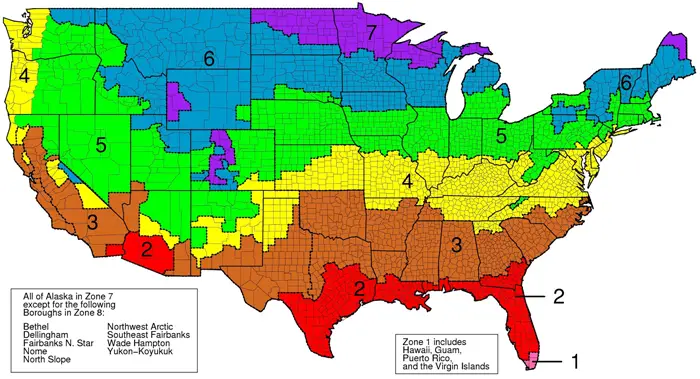
Climate:
Northern US:
R-49 to R-60 in the attic, R-13 to R-15 in the walls, R-19 to R-21 in the floors and crawl spaces.
Central US:
R-38 to R-49 in the attic, R-13 in the walls, R-19 in the floors and crawl spaces.
Southern US:
R-30 to R-38 in the attic, R-11 to R-13 in the walls, R-19 in the floors and crawl spaces.
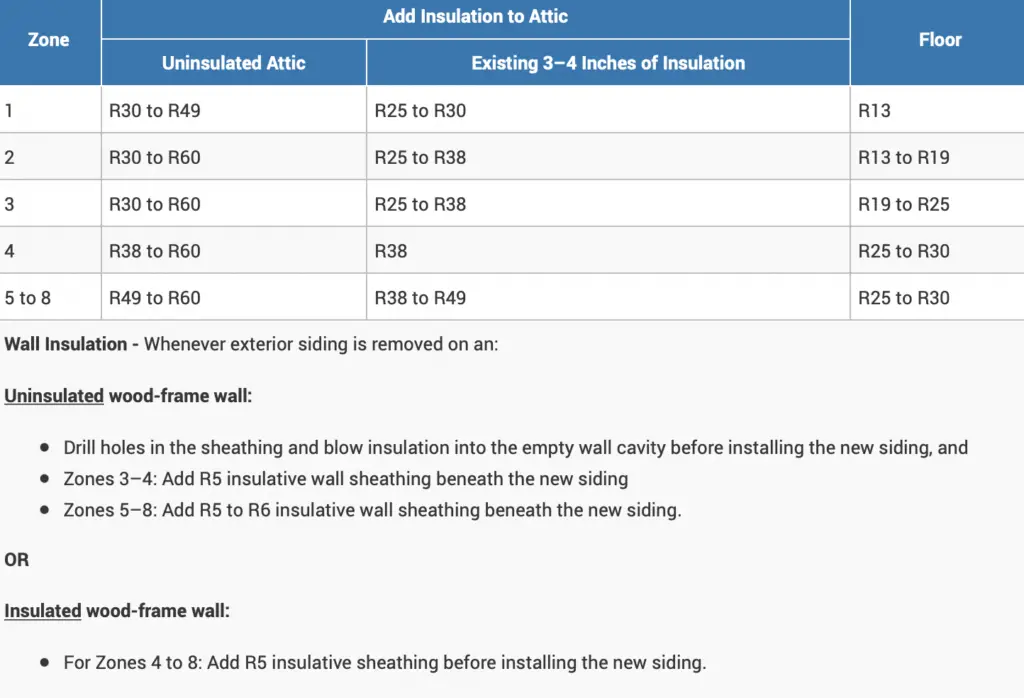
A well-insulated attic can help to prevent heat loss in the winter and heat gain in the summer. The recommended R-value for attics can range from R-30 to R-60, depending on the climate.
Attic Insulation Cost
The cost to insulate an attic can vary greatly depending on several factors such as the size of the attic, the type of insulation material used, the method of installation, and the cost of labor in your area. On average, the cost of insulation can range anywhere from $1,000 to $3,000 for a standard attic space.
Size of the Attic
-
- Small Attics (up to 500 sq. ft.): $500–$1,500
- Medium Attics (500–1,000 sq. ft.): $1,000–$3,000
- Large Attics (over 1,000 sq. ft.): $2,000–$6,000 or more
Type of Insulation
-
- Fiberglass Batts: $0.30–$0.90 per sq. ft. ($300–$900 for 1,000 sq. ft.)
- Blown-in Cellulose: $0.60–$2.00 per sq. ft. ($600–$2,000 for 1,000 sq. ft.)
- Spray Foam: $2.00–$7.00 per sq. ft. ($2,000–$7,000 for 1,000 sq. ft.)
- Radiant Barriers: $0.50–$1.50 per sq. ft. ($500–$1,500 for 1,000 sq. ft.)
Method of Installation
-
- DIY Installation: Costs are limited to materials, which can save up to 50% of the overall expense.
- Professional Installation: Labor costs typically add $1–$3 per sq. ft., depending on the insulation type and complexity.
Cost of Labor
-
- Blown-in insulation tends to be less labor-intensive and cheaper, ranging from $300 to $600 for a 1,000 sq. ft. attic.
- Spray foam requires specialized equipment and labor, often adding $1,000–$2,500 in labor costs.
Total Estimated Costs by Insulation Type
- Fiberglass Batts: $1,000–$2,000 for 1,000 sq. ft.
- Blown-in Cellulose: $1,500–$2,500 for 1,000 sq. ft.
- Spray Foam: $3,000–$7,000 for 1,000 sq. ft.
- Radiant Barriers: $1,000–$2,500 for 1,000 sq. ft.
Additional Costs
- Old Insulation Removal: $1–$2 per sq. ft. ($500–$2,000 for 1,000 sq. ft.)
- Air Sealing: $500–$2,000 depending on the attic size and complexity.
- Ventilation Improvements: $300–$1,500 if needed.
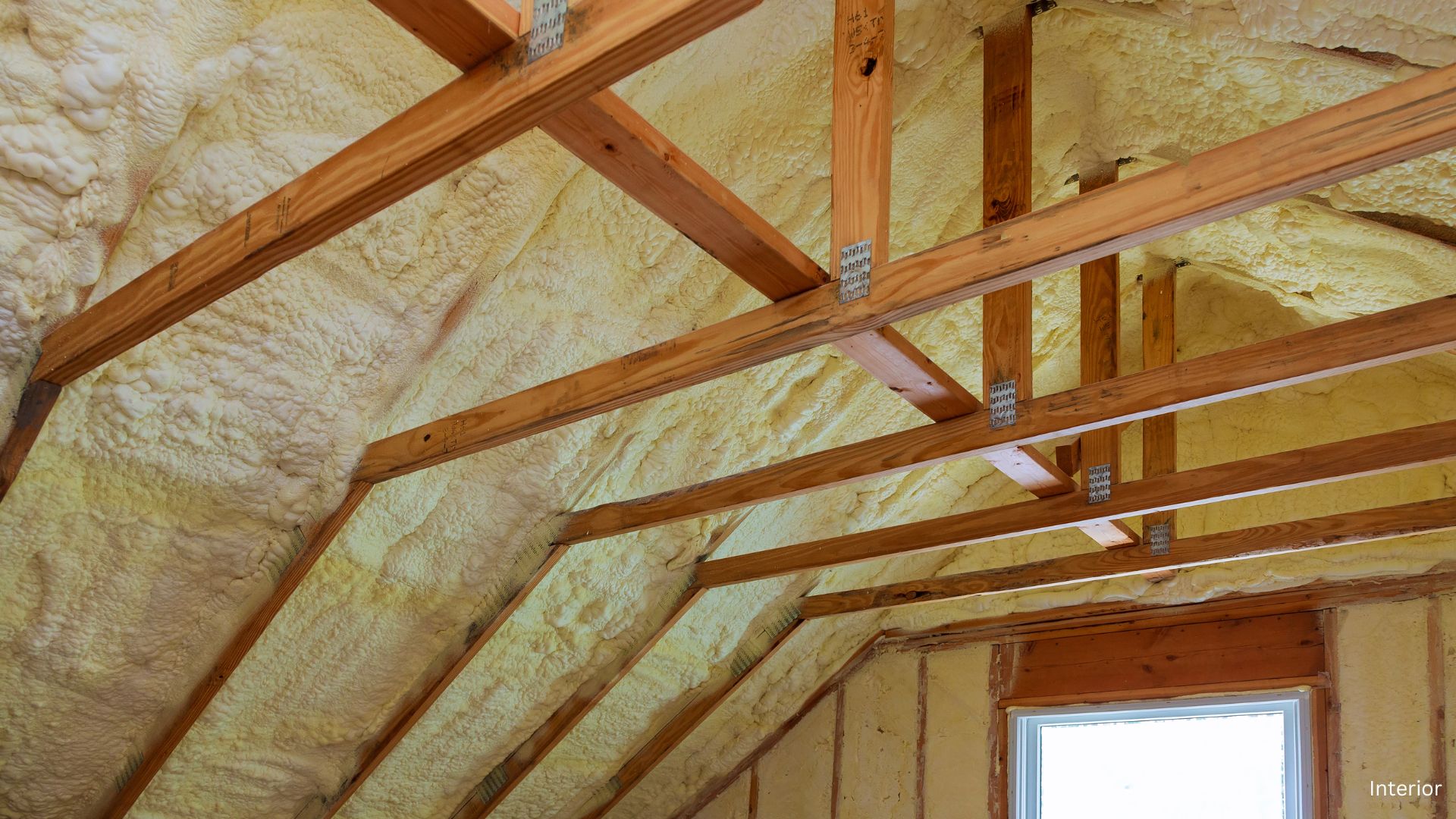 Installation Method
Installation Method
1. Fiberglass Batts:
Fiberglass batts are one of the easiest types of insulation to install. They come in pre-cut lengths that fit between the joists of a standard attic floor. The installation process involves laying the batts between the joists, ensuring that the edges of the batts are tight against the framing, and then stapling or taping the batts in place.
2. Blown-in Cellulose:
Blown-in cellulose is installed using a special machine that blows the insulation into the attic space. The machine is attached to a hose that is fed through an access hole in the attic floor. The insulation is then blown into the attic until the desired coverage is achieved. Blown-in cellulose can be messier to install than other types of insulation, but it can be more effective at filling all the nooks and crannies of the attic space.
3. Spray Foam:
Spray foam insulation is installed using a spray gun that is connected to two tanks of chemicals. The chemicals are mixed in the spray gun and then applied to the surfaces of the attic space. The foam expands as it is applied and forms a continuous layer of insulation that completely seals the attic. Spray foam is the most effective type of insulation, but it is also the most expensive and requires special training and equipment to install.
4. Radiant Barriers:
Radiant barriers are installed by cutting sheets of the reflective material to fit the space between the joists of the attic floor. The sheets are then attached to the joists using staples or adhesive. Radiant barriers are not considered a standalone insulation material, but they can be used in conjunction with other types of insulation to improve the overall insulation performance.
Each type of insulation requires different tools and techniques to install, and some types of insulation can be more difficult to install than others. For example, blown-in cellulose can be messy to install, while spray foam requires specialized equipment and training. A professional contractor can help ensure that your insulation is installed correctly and provide you with the best results.

